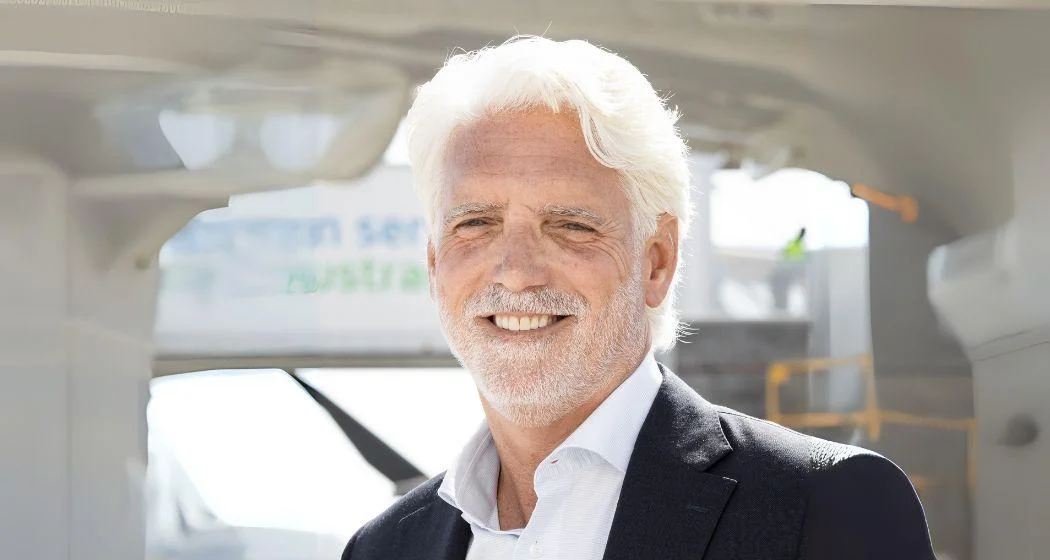In terms of cargo operations, Sydney Airport forecasts that the Master Plan 2045 will enable it to process up to 1.4 million tonnes of airfreight each year, more than double its present capacity. The expansion is also expected to support more than 105,000 direct jobs and create approximately 1,500 new positions annually. When indirect employment is included, the number rises to about 560,000 jobs supported by airport activities.
Scott Charlton, CEO of Sydney Airport, said: "When Sydney Airport grows, so does business, trade, tourism, and jobs. This plan is about building the future of Australia’s gateway and ensuring we are ready to play our part in NSW’s ambitious visitor economy strategy."
Charlton emphasized that this would be "the most significant development at Sydney Airport since the Olympics." He added: "I look forward to receiving feedback from our local community, airlines and precinct partners, government at all levels." The last comparable expansion took place ahead of the Sydney Summer Olympics in 2000 when the airport underwent a $600 million upgrade (equivalent to $708.5 million today), adding new gates and an integrated luggage handling system.
The current plan will focus on expanding Terminals 2 and 3. Charlton stated that sustainability remains a priority for the project: Sydney Kingsford Smith Airport is "committed to managing aircraft noise [and] taking steps to reduce our emissions."
Sydney Kingsford Smith remains Australia's busiest airport. In 2024 it handled about 41.39 million passengers—still below its pre-pandemic peak of around 44.43 million in both 2018 and 2019 but ahead of Melbourne Airport's figures for this year. Data shows that there were nearly 288,375 flights scheduled through Sydney in 2024.
Qantas leads as the top airline operating at SYD with over 110,000 flights scheduled this year; Virgin Australia follows with more than 60,000 services; Jetstar ranks third with upwards of 51,000 flights.
 Alerts Sign-up
Alerts Sign-up




































